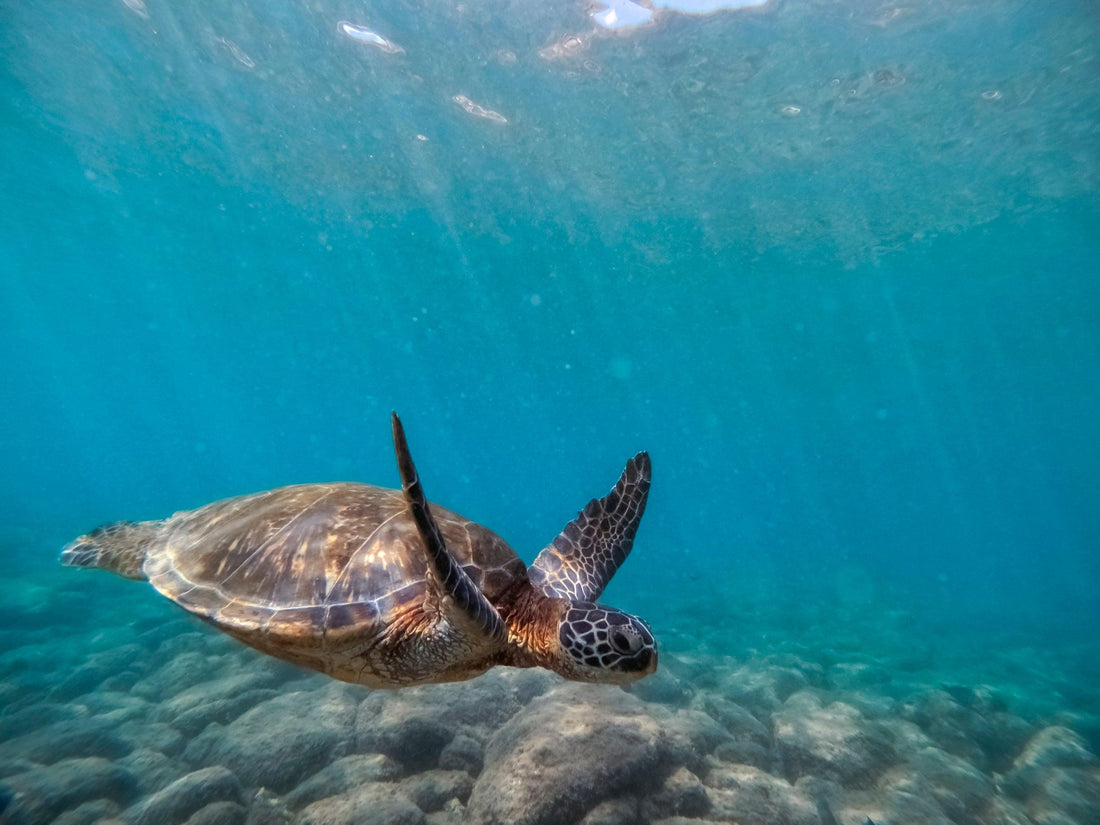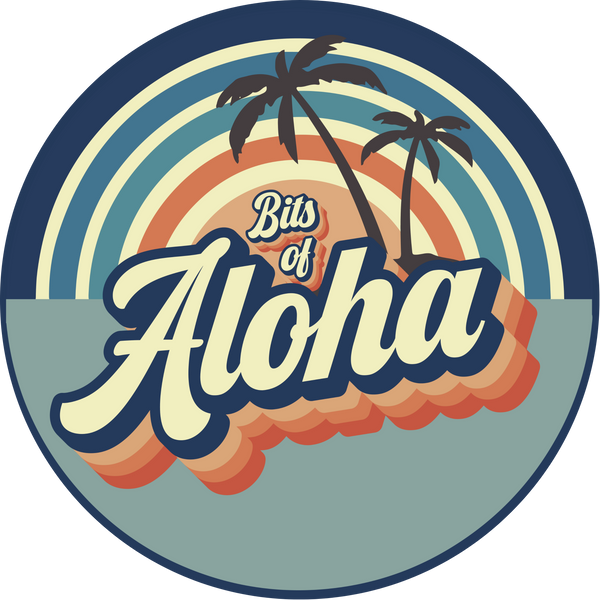
Mālama ʻĀina: How Visitors Can Respect Hawaiʻi’s Land
Share
Mālama ʻĀina: How Visitors Can Respect Hawaiʻi’s Land and Culture
In Hawaiʻi, there is a saying that shapes not only the way people live, but the way they relate to the world around them: "Mālama ʻāina" — to care for the land.
This phrase is more than a motto; it’s a deeply held cultural value, rooted in generations of Native Hawaiian stewardship of the land, sea, and skies. In a time when the islands are seeing unprecedented numbers of visitors, understanding and embracing the mindset of mālama ʻāina has never been more important—for both residents and tourists alike.
So, what does it mean to truly care for Hawaiʻi’s land? And how can travelers adopt a more respectful, mindful approach when visiting these sacred islands?
Let’s dive into the history, meaning, and modern relevance of mālama ʻāina, and how you, as a visitor, can help preserve the beauty and spirit of Hawaiʻi for generations to come.
What Does “Mālama ʻĀina” Mean?
In Hawaiian, the word mālama means to care for, preserve, protect, or serve, and ʻāina means land—though its deeper meaning is “that which feeds.”
To Hawaiians, the ʻāina is not just dirt and soil; it is a living being that provides life, nourishment, and connection. The concept of reciprocity is central—humans must give back and take care of the land, just as the land takes care of them.
This worldview formed the foundation of traditional Hawaiian society. Ancient Hawaiians developed complex systems of land management (ahupuaʻa), agriculture, and fishing that sustained entire communities while maintaining balance with nature.
Today, mālama ʻāina continues to guide Hawaiian values and is being revitalized through education, conservation, and tourism.
Why Mālama ʻĀina Matters More Than Ever
With over 9 million tourists visiting Hawaiʻi annually, the strain on the islands’ ecosystems has become increasingly visible.
- Erosion and trampling of trails
- Pollution and plastic waste
- Damage to coral reefs from sunscreen and careless snorkeling
- Traffic congestion in rural areas
- Overtourism in culturally sensitive spaces
These issues have led many local residents and cultural leaders to ask travelers to be more mindful and responsible. Mālama ʻāina offers a framework for that.
Rather than viewing the land as a resource to be consumed, it invites visitors to see Hawaiʻi as a host offering you its home—and to treat it with gratitude and care.
How Tourists Can Practice Mālama ʻĀina
If you’re planning a trip to Hawaiʻi, there are many meaningful ways to respect the land and contribute positively to the islands’ wellbeing. Here’s how:
1. Educate Yourself Before You Arrive
Take time to learn about Hawaiian history, language, and cultural practices. Understand that Hawaiʻi is not just a vacation spot—it’s home to a living Indigenous culture.
Recommended sites:
2. Choose Eco-Conscious and Locally Owned Businesses
Support tour operators, hotels, and restaurants that embrace sustainable practices and uplift local communities. Look for labels like:
- Certified Sustainable Tour Operators
- Hawaiʻi Ecotourism Association members
- Native Hawaiian-owned businesses
3. Volunteer Through Mālama Hawaiʻi Programs
Many organizations across the islands offer voluntourism experiences, where visitors can help clean beaches, restore native forests, or tend loʻi kalo (taro patches).
You’ll not only give back—you’ll also learn directly from cultural practitioners.
Top programs:
4. Stay on Designated Trails and Respect Kapu (Restricted) Areas
Hiking off-trail can cause serious damage to native ecosystems. Obey signs, stay on paths, and never cross fences or closed areas—especially those marked as kapu (sacred or restricted).
Some sacred sites, like heiau (temples), may be accessible to respectful visitors, but always approach with reverence and never remove rocks, sand, or shells.
5. Use Reef-Safe Sunscreen and Respect Marine Life
Hawaiʻi is home to fragile coral reefs and endangered marine species like the honu (Hawaiian green sea turtle) and monk seal.
- Use mineral-based reef-safe sunscreen (oxybenzone and octinoxate are banned).
- Never touch, chase, or feed sea creatures. Stay at least 10 feet away from turtles and 50 feet from monk seals.
- Don’t stand on coral or disturb tide pools.
6. Minimize Waste and Plastic Use
Hawaiʻi faces unique challenges with waste management. Help reduce your impact:
- Bring reusable water bottles and utensils
- Decline single-use plastics
- Dispose of trash properly and recycle where possible
7. Be a Respectful Guest
Aloha is more than a greeting—it’s a way of being.
- Be patient with locals and understand that life moves at a different pace
- Don’t honk or speed through rural areas
- Ask permission when entering private land
- Honor cultural protocols when attending events or ceremonies
Mālama ʻĀina Is a Gift—Not a Rule
The idea of mālama ʻāina isn’t about guilt or shame. It’s a gift from Hawaiian culture—an invitation to slow down, connect, and care.
By adopting this mindset during your travels, you not only enrich your own experience, but also help protect the spiritual and environmental fabric of Hawaiʻi.
Because when the land thrives, so do the people. And when you mālama the ʻāina, it will, in turn, mālama you.
Final Thoughts: The Future of Hawaiian Tourism Starts with Aloha
As Hawaiʻi reimagines the future of tourism in a post-pandemic and climate-challenged world, visitors have a crucial role to play.
Travel isn’t just about seeing beautiful places. It’s about being part of a story—and the story of Hawaiʻi is one of deep reverence for the land, sea, and all living things. So when you come to the islands, come with respect. Come ready to learn. Come to mālama ʻāina. ![]()
